As the effects of climate change become more pronounced every year, it is becoming virtually impossible for the most ardent climate change deniers to dismiss it, despite their valiant efforts. According to the Environmental Protection Agency (EPA): "Rising global average temperature is associated with widespread changes in weather patterns. Scientific studies indicate that extreme weather events such as heat waves and large storms are likely to become more frequent or more intense with human-induced climate change."
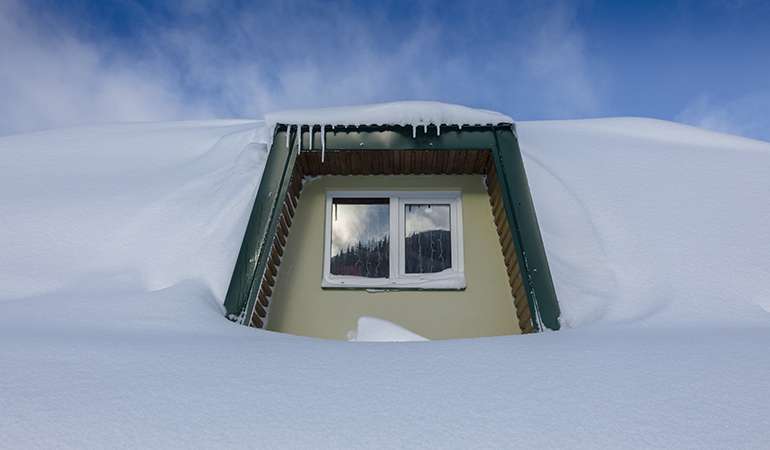
Code-built homes = the minimum allowed
This makes building for your climate zone significantly more challenging when we don’t know with any degree of accuracy what the climate and weather patterns of the future will be like. One thing we can agree on though is that since the weather is likely to be more extreme, then building homes that are better than the legal minimum performance allowed - meaning 'building code' - is a smart move.
We aren't even suggesting that going to extremes and building North America's best Net Zero Energy Home in a cold climate zone is necessary, even 60% better - which is relatively easy to achieve - is already a huge step forward.
We are constantly being told that attempting to mitigate climate change will hurt the economy, when in reality, the opposite is true and we have 40 years of burying our heads in the sand to prove it. Ignoring the impacts of climate change simply post-dates a cheque so the next generation will have to pay for our unwillingness to affect meaningful change and protect the environment our children will inherit.
Building for a changing climate is a smart idea
The IECC* climate zone map of the US and Canada that was developed in the early 2000s used existing data to develop and update minimum building codes and create guidelines for more sustainable and resilient house construction. As valuable and helpful as that is, extreme weather events are more common and severe now, with doubled precipitation levels in some areas and droughts in others which is why so many states are significantly changing the standards of how to build new homes and renovate existing ones.
The new step codes in BC Canada are one example of significant efficiency improvements becoming mandatory - but this is happening everywhere across North America.
*International Energy Conservation Code
Building better homes is a smart idea
While is it is essential to know your climate zone and build homes that are durable enough to withstand the challenges it will face, we at Ecohome strongly feel that it is in the best interest of homeowners and society in general that we future-proof homes, by building today for the more dire climate predictions of the future.
When have you ever heard someone say "oh no, my house is too energy-efficient, too sustainable and too durable?" Those are words that have likely never been said before in succession. For these reasons, we think homes should be built with far more resiliency and environmental stewardship than they are today.
The wind speeds, snow loads, rainfalls, heat waves and deep freezes we have designed for in the past will in all likelihood not reflect the climate in the future.
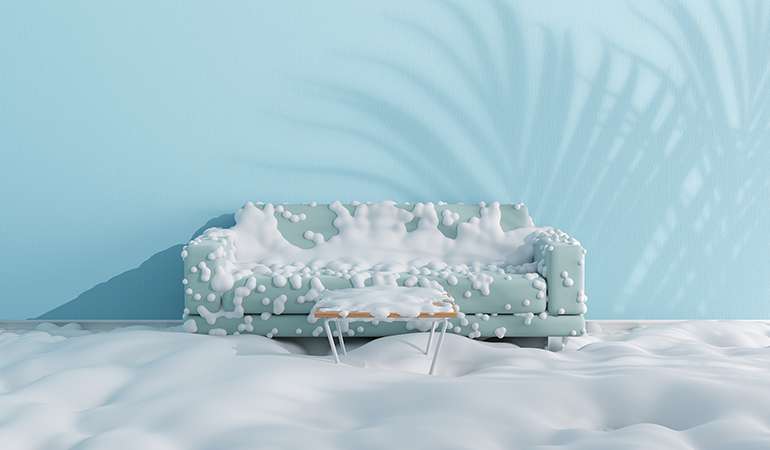
How to future-proof your home
There has always been mockery of the fringe element of society who stock-pile canned goods and ammo for the zombie apocalypse, super-volcano eruptions or alien invasions, but many of those off-grid preppers with solar panels, greenhouses and future-proofed resilient homes just don’t seen as crazy anymore.
Green homes save money
If you're having a new home built or doing extensive renovations to an existing home, making better choices in design and materials is a wise choice. A better-built home lasts longer, is healthier for occupants, cheaper to operate and studies show it will have a higher resale value.
We have long said that green homes are not only better for the environment, there is something else we would like to make clear; they are worth the modest premium it costs to build when you factor in the monthly energy savings.
How to recognize a green home?
Even as the homebuying habits in the US & Canada have begun to favor more efficient and sustainable homes, we still have a long way to go in terms of making quality homes easier to identify.
In Europe, they have introduced mandatory home-energy labeling for new homes and resales – similar to the label you’d see stuck to a new appliance - so that homeowners can estimate what the monthly energy bills of a home will be before making a purchase.
Since introducing that program, older and inefficient homes with significant air leakage rates and low insulation levels have significantly dropped in selling price, while high efficiency modern eco homes have gone up in price - by the simple mechanics of supply and demand. This is easily explained by the fact that when faced with the choice, almost all of us would prefer a modern, comfortable, healthier and efficient home. Go figure.
Green eco homes have higher resale values
A Green Homes study back in 2017 by the University of Texas at Austin and the U.S. Green Building Council (USBGC) looked at more than 3,800 green-certified homes, including LEED-certified homes, built in the Austin-Round Rock MSA between 2008 and 2016 to determine if a green home certification raised the resale value of homes.
The report found that homes built to meet green building standards such as LEED and ENERGY STAR are worth an average of $25,000 more than conventional homes. This begs the question -
Can we afford NOT to build a green home?
The inspiration of this story is clearly the images you see of the Lake Erie homes that have been coated in surreal ice formations in a freak weather incident. Our sympathy goes out to those people, along with others around the world facing similar and even greater climate change-related disasters and challenges. Let’s take a lesson from what others are forced to endure and when building a new home choose a green sustainable one because it's proven to be a better choice all around.
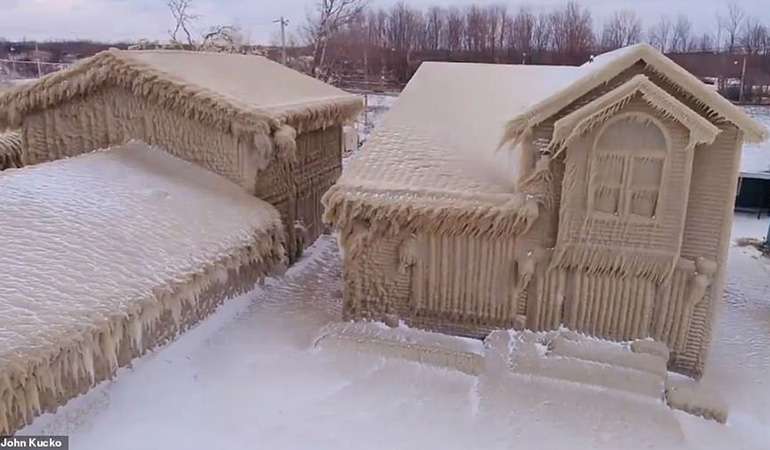
The basic tenant of engineering is to find the breaking point of whatever you are looking to build, then make it twice as strong to avoid catastrophes. That’s why we have engineers design roads and bridges rather than politicians who are trying to save a buck so they can get re-elected in 4 years.
If homes are to withstand the effects of climate change over the coming century, we need to carefully apply that engineering philosophy. If a ‘hundred-year storm’ happens every few years, it is no longer a hundred year storm, it is the new norm, and we need to revisit what we have considered the worst case scenarios and build accordingly.
We will close this with a thought that comes to mind from Buckminster Fuller, a genius and pioneer of sustainable development who has had an indelible impact on the built environment in North America –
“We are called to be architects of the future, not its victims.”
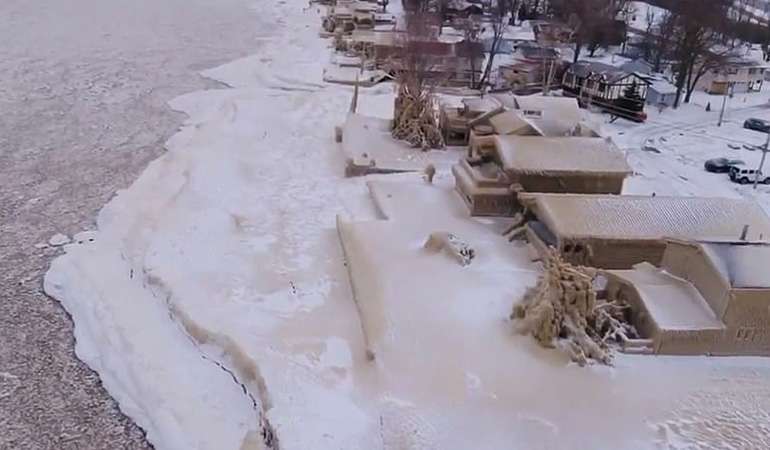
Now you know more about why building better, affordable eco homes is important in changing climate conditions...Find more pages about sustainable and resilient green building techniques here:
Find more about green home construction in the Ecohome Green Building Guide pages or to learn more about the benefits of a free Ecohome Network Membership, see here. |

















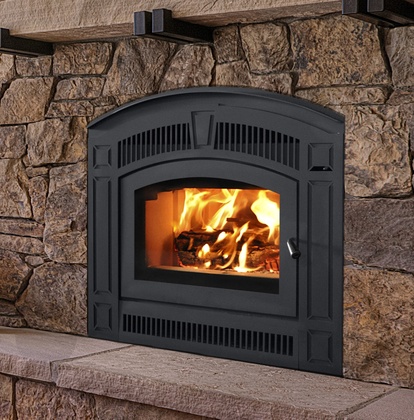



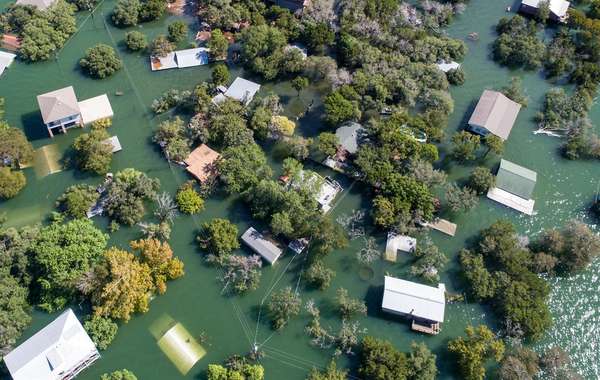
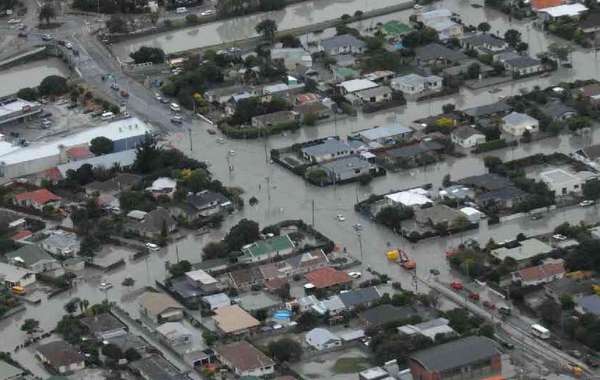
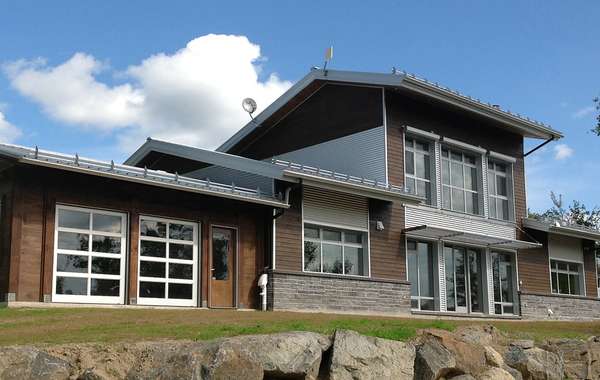
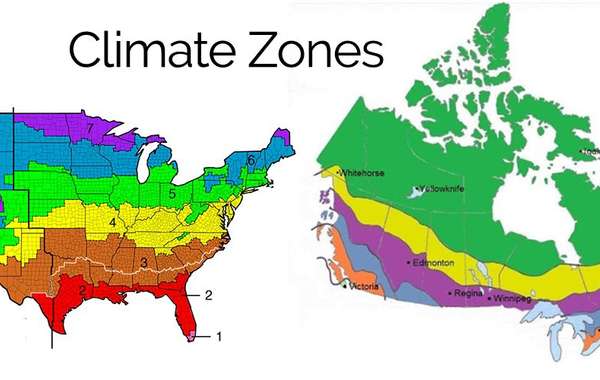
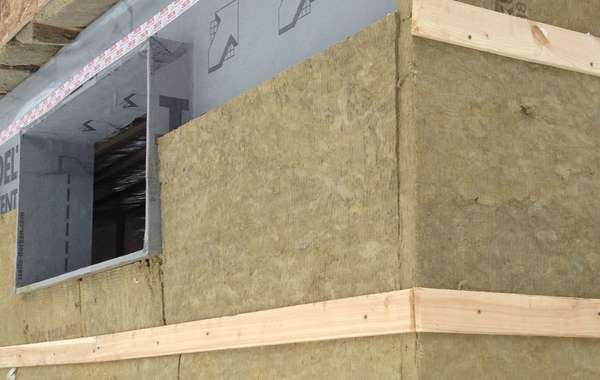
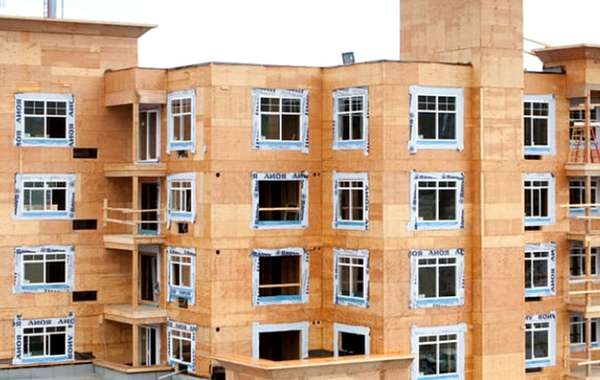

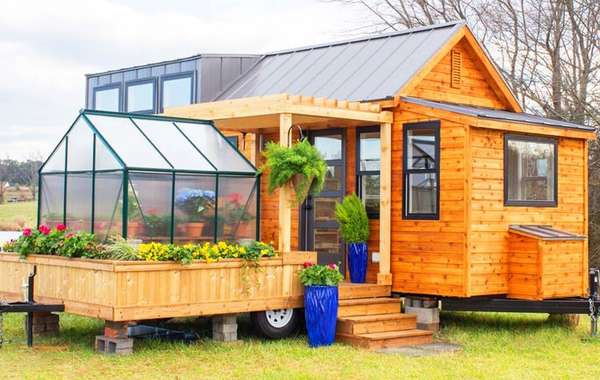
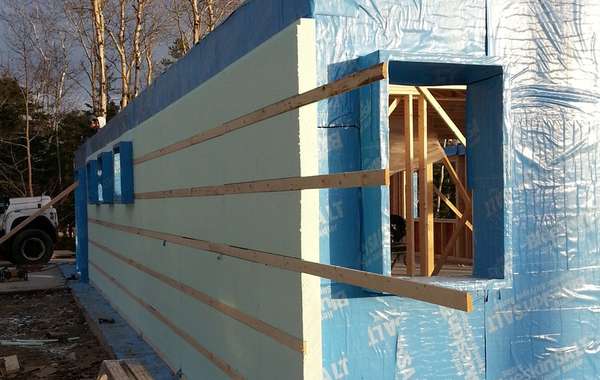
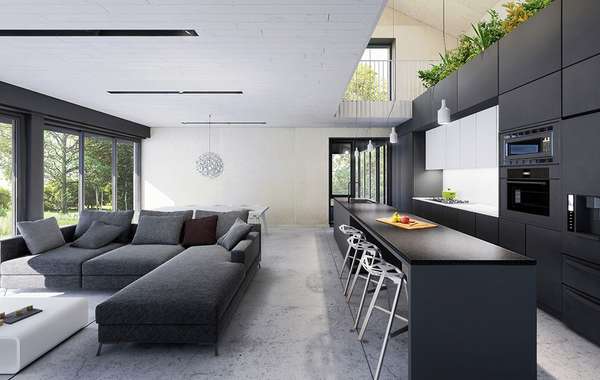
Comments (0)
Sign Up to Comment